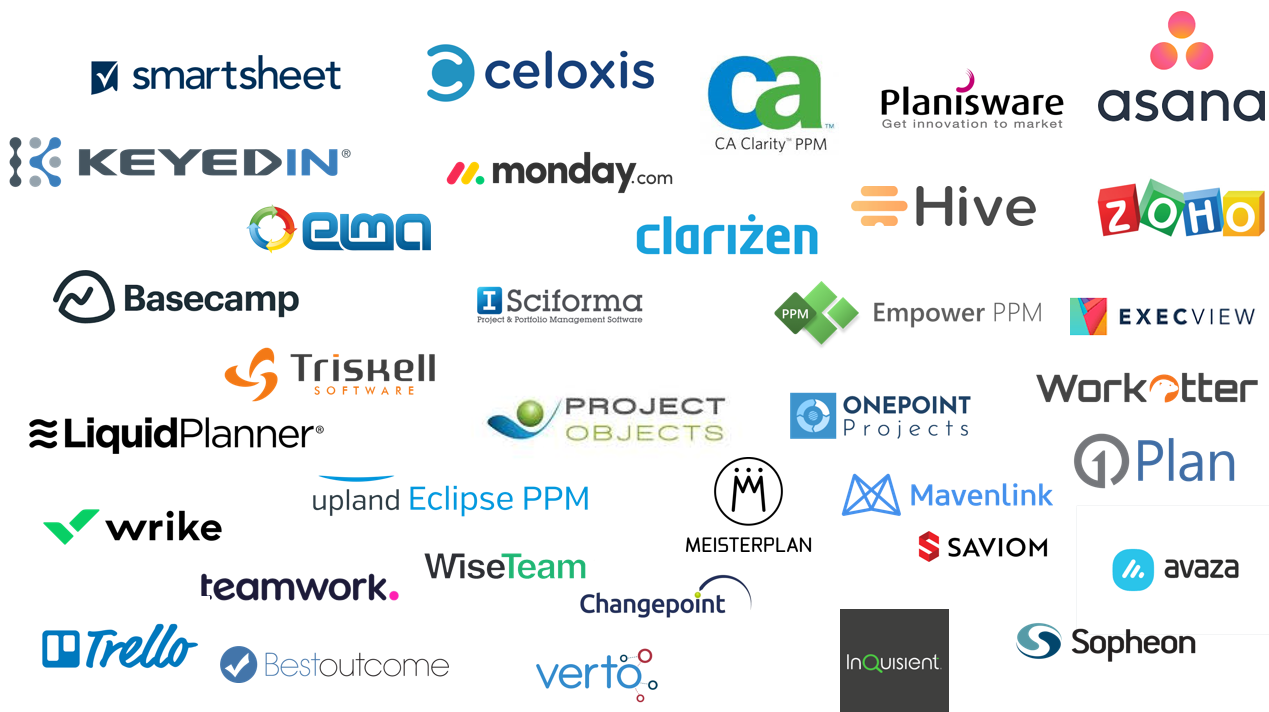The Orange Book provides risk management guidance to the public sectors through five key principles. Below we look at how our Power Framework RISK Microsoft ERM software is the ideal foundation for your journey of making Orange Book principles a reality in your organisation.
The UK Government’s handbook of Principles and Concepts for the Management of Risk – known more colloquially as The Orange Book – will be well known to anyone dealing with risk in government departments and other public bodies.
The Orange Book is the Government’s definitive guide to Risk Management in the Public Sector. Its opening section outlines the importance of Enterprise Risk Management ("ERM") in strategic planning, decision making, and the prioritisation of challenge responses.
Its ERM Principles are oriented towards transparency and accountability and it spells out the right kind of risk culture behaviours that are required to operate within the boundaries of the ERM Principles – namely collaboration, consultation and cooperation.
Above all it highlights that The Orange Book is neither a one-size-fits-all prescription, nor an instruction manual on how to bring Risk Management Principles to life. Rather it is the ‘what’ and the ‘why’ of the recommended Enterprise Risk Management framework.
With these lofty ideals in mind, let’s look at the five key principles outlined in the Orange Book with some of their key statements – and offer some insight into how our Microsoft ERM software may be the ideal tool to help you make those a reality in your organisation.
A. Governance and Leadership
The Orange Book states that each Public Sector organisation should establish the most appropriate governance arrangements according to its business, scale and culture.
It calls for support of effective governance and decision making at each level with appropriate escalation, aggregation and delegation.
The Orange Book makes the point that there is no fixed governance and process model to fit every organisation. It must be personalised to reflect the organisation’s purpose and mission, its scale and culture. Consequently, any digital tool implementation must equally be personalised to support the scope and scale of the specific processes that the organisation has decided to operate. Our Microsoft ERM software is built with low-code technology that provides flexibility like no other to configure and personalise the application exactly as needed.
When it comes to escalation, aggregation and delegation, the Microsoft platform is a great place to work. We have designed the tool to provide escalation mechanisms across the organisational structure, with assigned risk ownership for each business unit, and using workflows built with Power Automate to drive alerts and approvals.
B. Integration
The Orange Book calls for risk management to be an integral part of all organisational activities to support decision-making in achieving objectives.
In other words, enterprise risk management mustn’t be afterthought. Nor is it a box to tick after decisions have been made. Rather it is an organisational driver in achieving your objectives, and calls for maximum participation.
Working in the Microsoft cloud platform that everyone uses already is a great start. With a single solution shared across functions providing visibility and control, implementing this level of integration and cohesion across your departments becomes a realistic aspiration.
C. Collaboration and Best Information
This principle calls for a comprehensive view of the risk profile, aggregated where appropriate, in support of governance and decision-making.
It also makes the point that enterprise risk management requires collaboration and cross-organisational working.
Our ERM software provides a “single source of truth” database (deployed in your own Microsoft cloud and not hosted externally!). The richness of data and flexibility in how you can interrogate and present the information will support better decision making. This is delivered through Microsoft’s Power BI reporting tool, with visually compelling dashboards, giving meaningful insights into the current risk profile as well as historical trends.
For optimum collaboration the application can be deployed into everyone’s favourite collaboration tool: Microsoft Teams. Everyone can have ready access to a window onto the risks they need to assess and monitor. And collaboration can be extended beyond the boundaries of your organisation: Inviting external partners and bodies to collaborate on risk is easy, facilitated by readily available Microsoft cloud features.
D. Risk Management Processes
The Orange Book calls for the adequate design and systematic implementation of policies, procedures and practices for risk identification and assessment, treatment, monitoring and reporting.
Our ERM software gives you a head start here: it comes with all of these processes built into the solution template, ready to be configured to your specific requirements. Once operational, it helps everybody to work in a compliant fashion to deliver what is so important here: process maturity – everyone working to a common standard. Without this, the data collected will have gaps, will be stale or invalid, ultimately jeopardizing the whole risk management.
What is therefore vitally important also is the ability to instantly identify where things are not going well. That’s why the solution is designed to easily apply appropriate governance and assurance, by identifying overdue tasks, automating reminders, driving regular risk assessments, tracking issues, auditing risk controls and so much more. All of this with minimum admin overhead.
E. Continual Improvement
The Orange Book states that risk management shall be continually improved through learning and experience. The organisation should monitor and adapt the risk management framework to address external and internal changes.
In an increasingly volatile and complex operational environment there is a lot to learn and to reflect back into your ERM best practices. Your digital risk solution has to keep up with this – it needs to be a living tool that is changed and enhanced to stay relevant and useful. With our ERM software built and deployed in the Power Platform, you can trust that it provides the ultimate in flexibility, with changes applied rapidly and cost effectively.
The future potential for your organisation is exciting: automating process, leveraging artificial intelligence, integrating more organisational dataset – opportunities for continual improvement abound. But focussing on the now, you can start small, address the basics, and go on the journey of risk transformation with full confidence that you have chosen the right tool platform – after all, it is the same Microsoft platform that is the strategic cloud investment for your organisation overall.
Conclusion
Power Framework Risk has been developed in close alignment with the Orange Book ERM best practices, so it has the scope, flexibility and power to drive your organisation’s compliance with Public Sector Risk Management guidelines.
Of course, it takes more than a tool to transform risk management – addressing the people and process aspects is equally important. Since the ERM software provides functionality through the familiar Microsoft environment the resulting high level of user adoption is key to building your risk culture. And let’s face it: There is no lasting success in risk management if it is built on just a bunch of spreadsheets.
To find out more about how your organisation can use Microsoft technology to reinforce Orange Book principles, get in touch today.
Join the conversation with our PPM software experts on LinkedIn.




